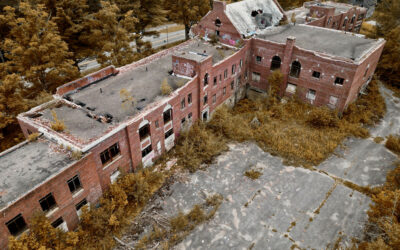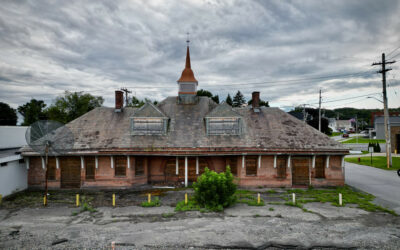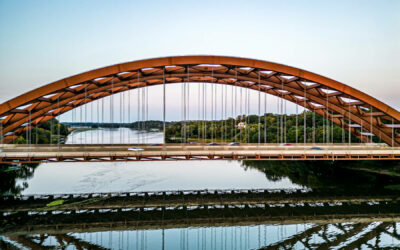In the heart of Catskill, New York, a quiet village known for its scenic beauty and rich history, lies an imposing structure that has long since fallen into disrepair. The former St. Patrick’s School, once a vibrant hub of Catholic education, now stands as a haunting relic of a bygone era. Though some of its windows remain intact, others are shattered, and the building shows signs of neglect. This post delves into the history of St. Patrick’s School, from its proud beginnings to its eventual abandonment, and explores the legacy it leaves behind.
The Origins of St. Patrick’s School
St. Patrick’s School was established in the early 20th century as part of St. Patrick’s Parish, which served the Catholic community in Catskill and the surrounding areas. The school was founded with a mission to provide a solid education rooted in Catholic values, offering classes from 9th through 12th grade. For many years, it was a cornerstone of the local community, educating generations of children and serving as a gathering place for families.
The school’s architecture was a reflection of its importance to the community. The building was designed in a mid-century modern style, with large windows that flooded the classrooms with light and an expansive campus that included areas for community events. Inside, the classrooms were filled with the sounds of students reciting prayers, learning the basics of reading, writing, and arithmetic, and engaging in the traditional practices of Catholic education.
A Hub of Community Life
During its peak, St. Patrick’s School was much more than just an educational institution. It was a central part of the social fabric of Catskill. The school hosted annual events such as Christmas pageants, spring fairs, and religious ceremonies that brought the entire community together. The parish and school worked hand in hand, with priests, nuns, and lay teachers all contributing to the spiritual and academic development of the students.
Families from the surrounding areas, including many of the village’s Irish and Italian immigrant populations, sent their children to St. Patrick’s, believing that a Catholic education would provide them with moral guidance and a strong foundation for their futures. The bonds formed within the school community were strong, with many former students recalling fond memories of their time spent at St. Patrick’s, even decades later.










